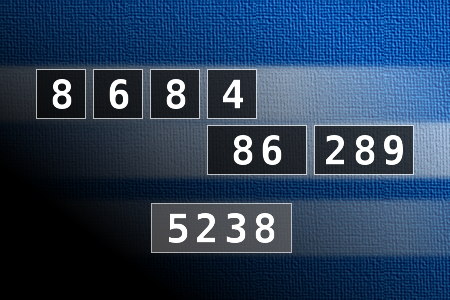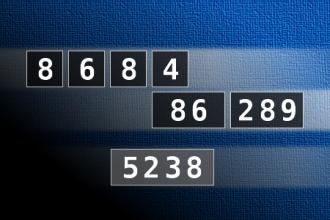Calculate the number 5238
NUMBERMANIA: Calculate the number 5238 using numbers [8, 6, 8, 4, 86, 289] and basic arithmetic operations (+, -, *, /). Each of the numbers can be used only once.Correct answers: 11
The first user who solved this task is Fazil Hashim.
#brainteasers #math #numbermania


